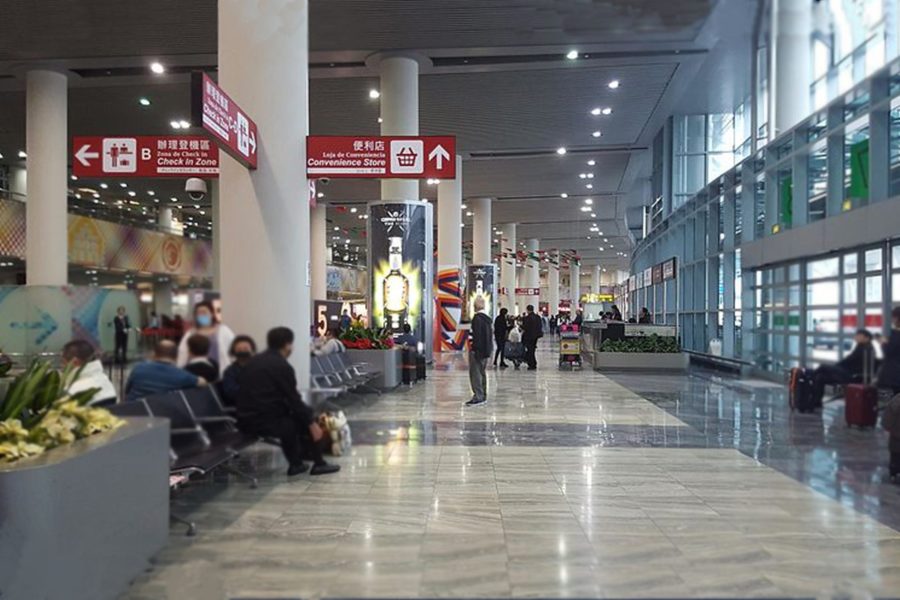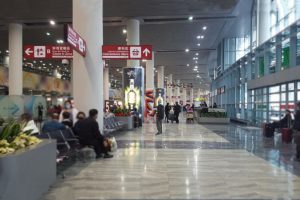Chinese domestic tourists spending less per trip

Analysts at Fitch have reported that spending per trip was down as the number of trips increased over Labour Day.
China.- Fitch Ratings has reported that Chinese spending per trip in the domestic tourism sector was down against 2019 during the recent Labour Day holiday. The number of trips surpassed 2019 levels, driven by pent-up demand and limited outbound air travel.
The average spend per trip was down by 10 per cent compared to pre-pandemic levels in 2019. Fitch attributed this to a rise in low-income travellers due to previous travel restrictions, increased visits to lower-tier cities and rural areas as well as higher costs of accommodations and airfares in certain regions. Spending per domestic trip for Q1 as a whole surpassed 2019 levels.
The stability of the domestic tourism industry can be attributed to the strong desire of Chinese consumers to travel after experiencing years of limited mobility. Furthermore, the slow recovery of outbound flights encouraged more people to explore domestic destinations.
Fitch analysts predicted that international air traffic will not reach 80 per cent of pre-pandemic levels until the fourth quarter of 2023, further boosting the domestic tourism sector.
During the Labour Day holiday, China’s domestic travellers exceeded 120 per cent of pre-Covid levels, reaching 274 million, and domestic tourism revenue hit RMB148.1bn (US$21.4bn), a year-on-year increase of 128.9 per cent, according to the ministry of Culture and Tourism, from China’s central government.
The trend of lower per-capita spending was also observed in Macau. Visitor spending, excluding gaming expenses, rose 127.1 per cent in the first quarter to US$1.86bn. However, the per-capita spending fell 13.9 per cent to MOP3,027 (US$376).









